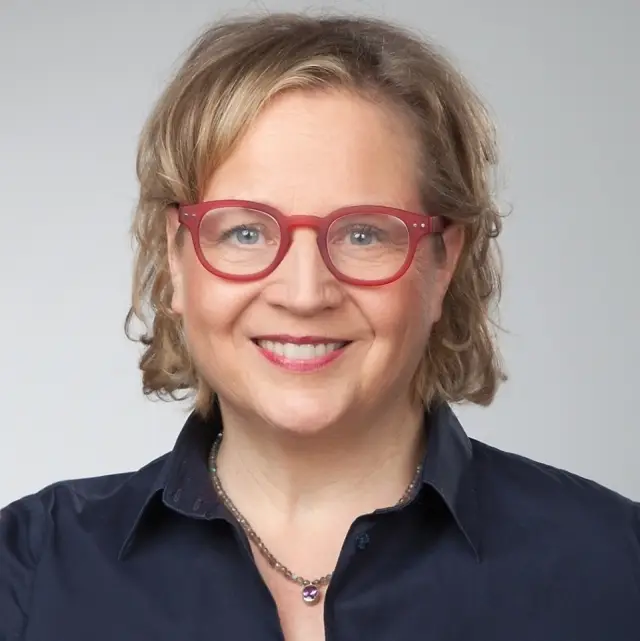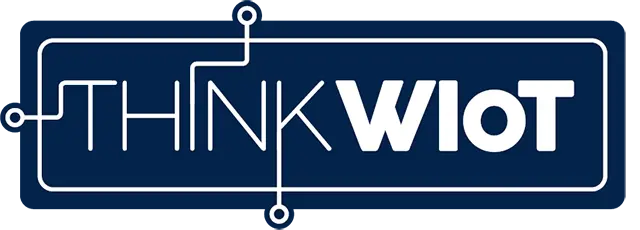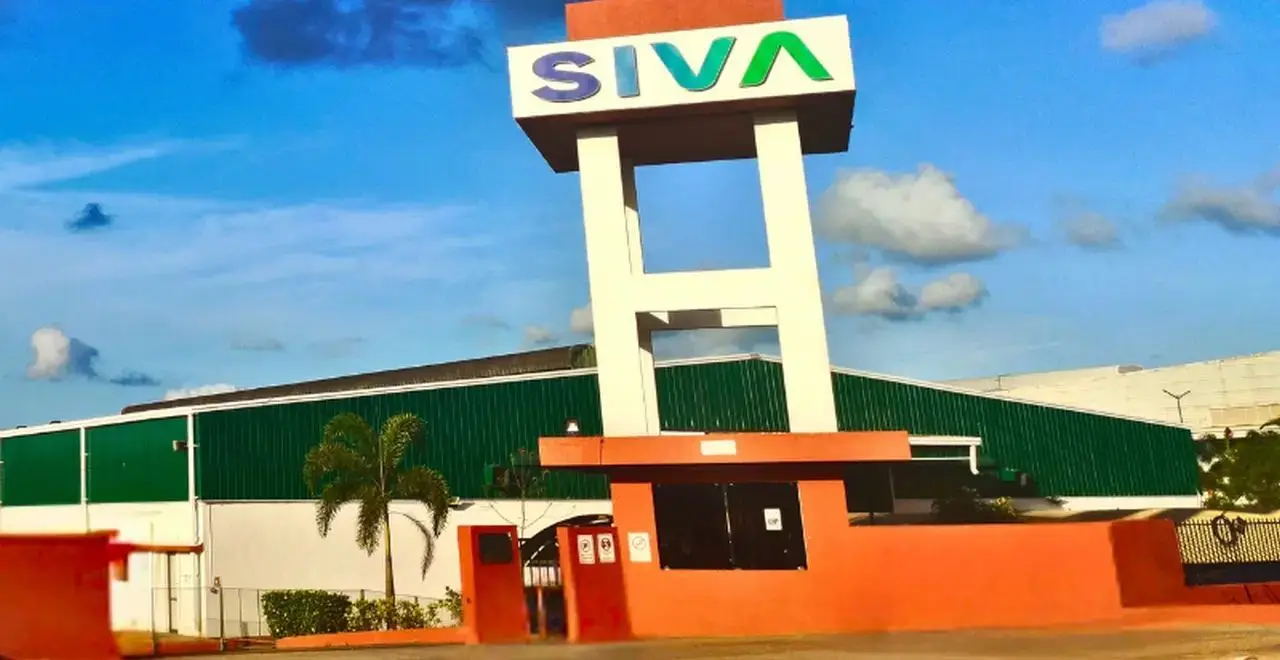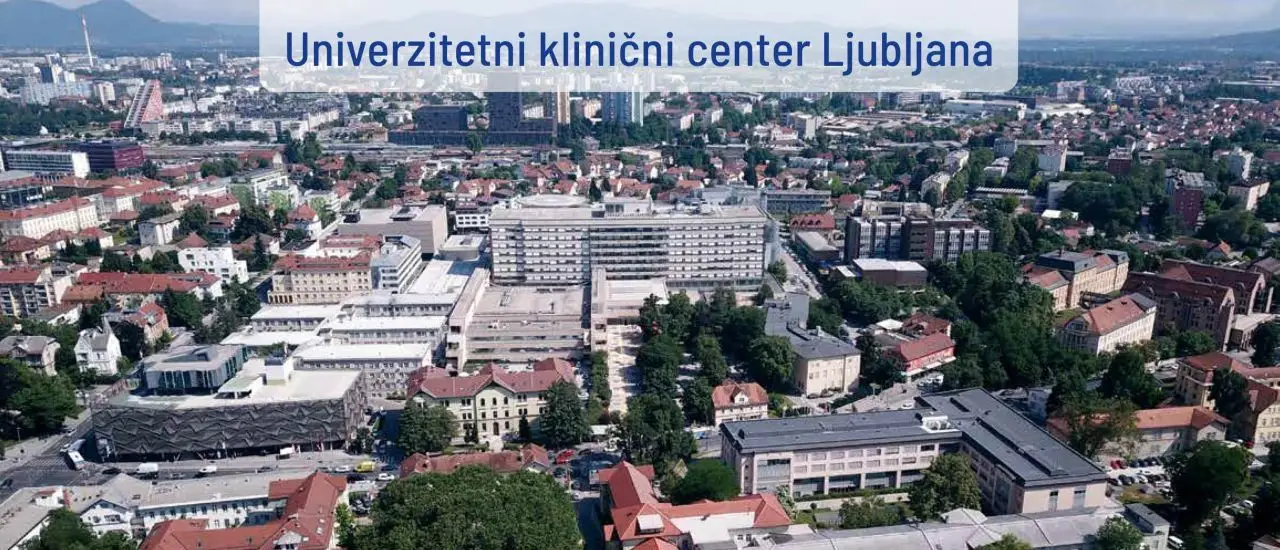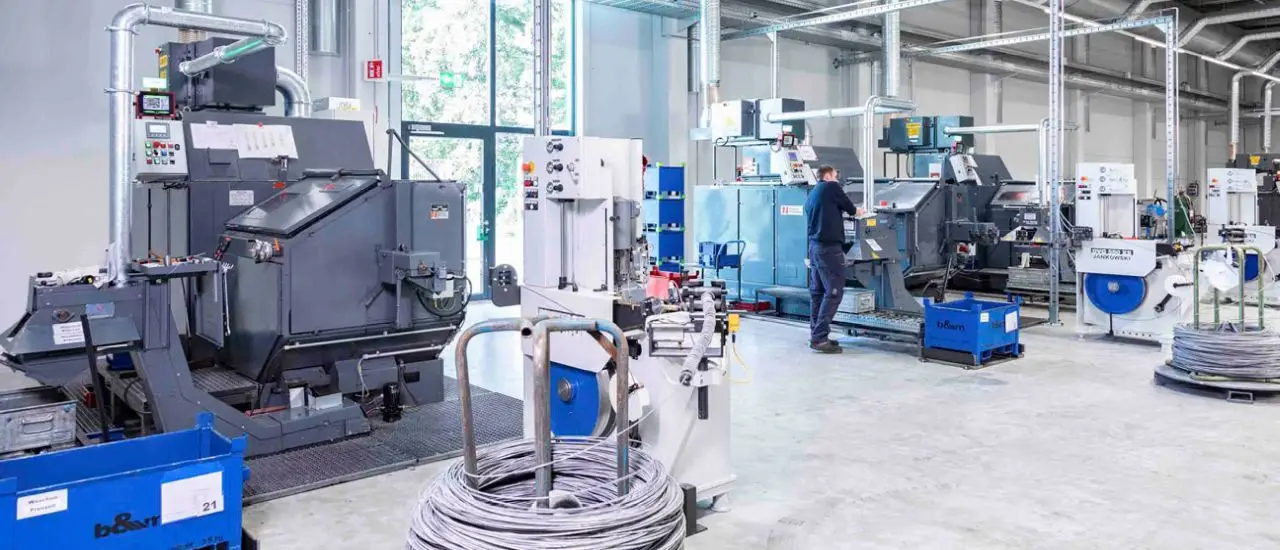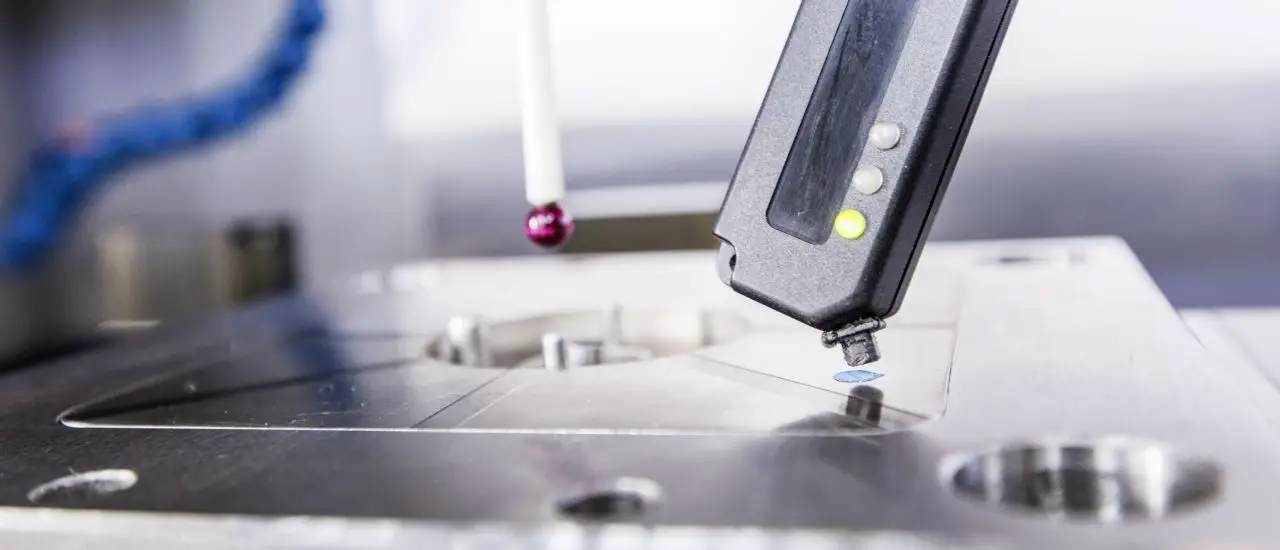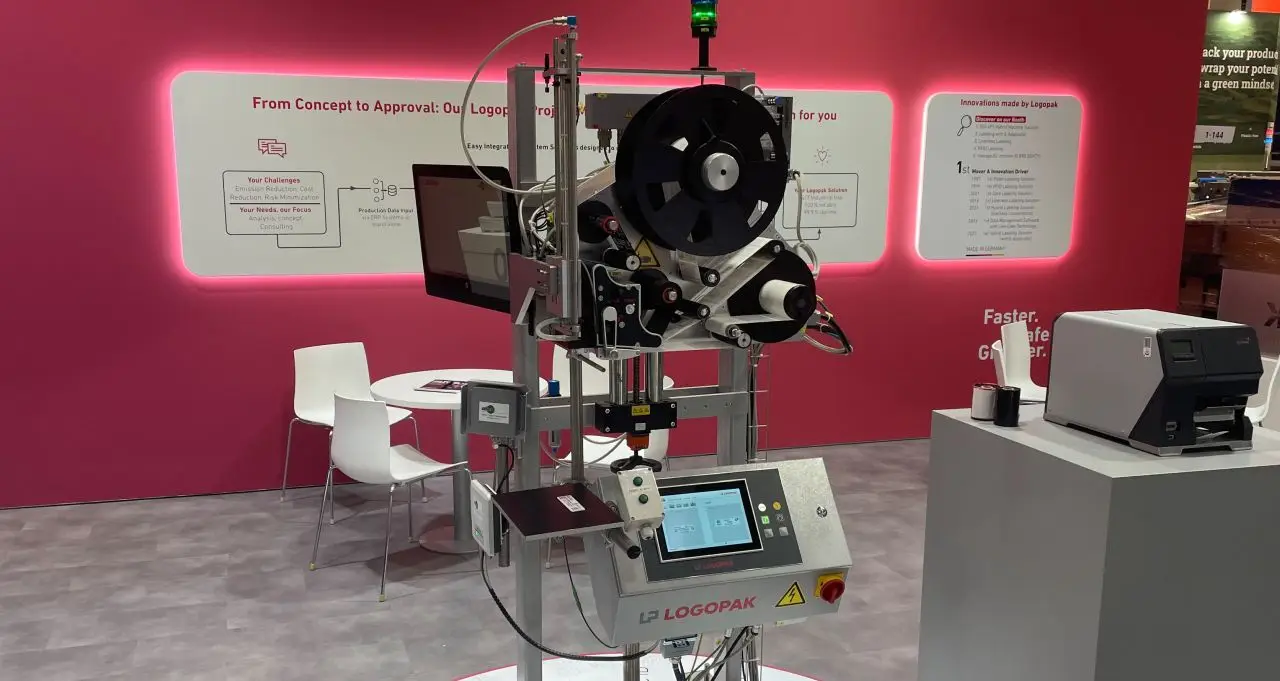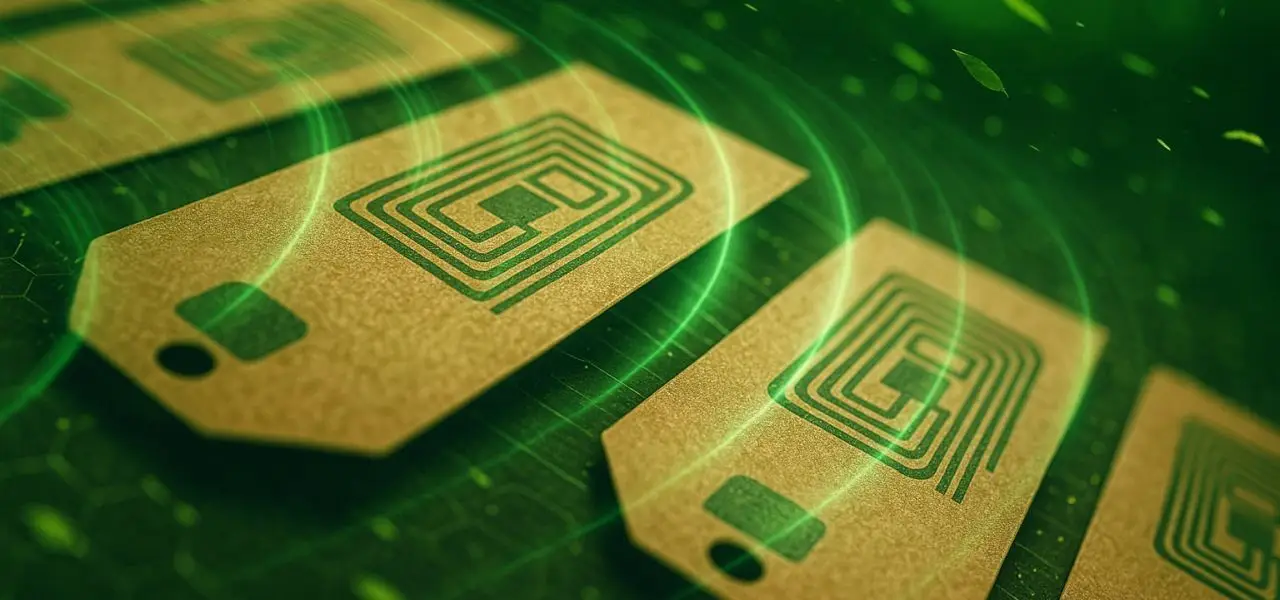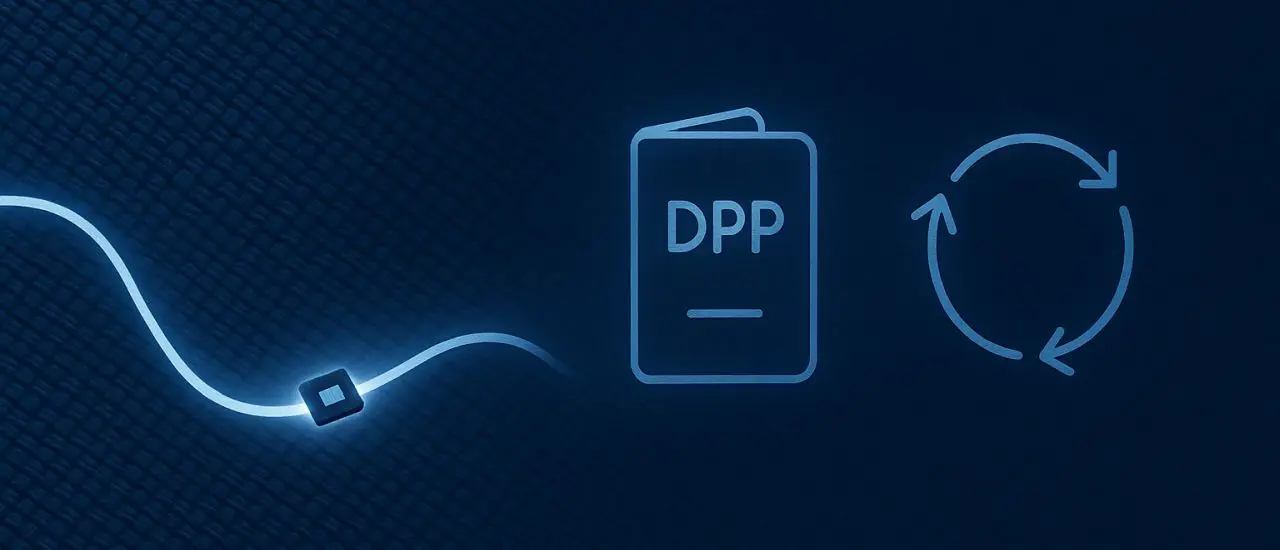- SIVA pivoted to RFID in 2013 by leveraging existing label manufacturing expertise.
- A 2014 investment in a German automated converting line was the technical inflection point.
- The company chose specialization and R&D over risky scale tied to a single large partner.
- RFID now represents about one-third of group revenue, supported by 100+ channel partners.
- Geographic focus spans India, Europe, the Middle East, and a recent push into North America.
This is the success story about SIVA IoT. In 2013, SIVA stood at a turning point: traditional product lines were losing importance and new opportunities had to be found. Having evaluated several opportunities, a chance reading led to a clear decision—to enter the RFID market and form SIVA IoT.
With courage, specialization, and strong partners, the business unit grew from zero to 33 percent of Group sales in just 10 years. Today, SIVA IoT is internationally established, driving niche solutions and seeing enormous growth potential.
We invited Arjun Aggarwal, VP Global Sales, for an interview.
By the way, the continuation of this success story will be published soon—zeroing in on the shift from NFC to UHF (RAIN), how SIVA fuses RFID with BLE and sensors, and the product-development playbook behind new labels and inlays. In Part 2, Arjun Aggarwal unpacks market dynamics, SIVA’s strategy, and one core lesson: performance wins. Discover SIVA IoT’s current RFID labels and UHF inlays on the official SIVA web page.
From Labels to RFID: Why We Launched SIVA IoT
1. Dear Arjun, how did SIVA IoT’s RFID story begin?
Arjun Aggarwal: SIVA’s roots trace back to the 1980s, when Rajiv Aggarwal founded the company. By 2013, with our traditional product lines declining, we began looking for a new venture. I came across a report on RFID and, while initially unfamiliar with the technology, it became clear to our management that this was the ideal new product line for us.
As an established manufacturer of labels, tags, and tickets, we could leverage our existing expertise in adhesives, printing, and materials, and combine it with RF competence. We officially entered the RFID market in October 2013, and SIVA IoT was born.
Automated RFID Label Converting: The 2014 Inflection Point
2. What were the first steps?
Arjun Aggarwal: After deciding to enter the RFID market, our first step was to determine our business model. We travelled extensively and, in 2014 at the Drupa trade fair in Germany, we identified a German company that manufactured RFID label-converting machines.
We purchased our first German RFID converting machine that same year. Despite cheaper alternatives being available, we chose this machine because it aligned with our ethos of precision manufacturing and automation.
While other Indian companies were focused on manually assembled hard tags, we deliberately chose a different path and became one of the first companies in India to set up a fully automated RFID label-converting line. This strategic decision in 2014 laid the foundation for our future success.
Specialization Over Scale: Choosing R&D and Niche Products
3. What was the decisive moment that significantly shaped the course of SIVA IoT?
Arjun Aggarwal: A decisive moment for us came after we had invested in RFID and major market players began to take notice. We spent a year in intense discussions with a large RFID company in the apparel industry that was seeking a production partner in India. We met all their requirements, but they ultimately pulled out at the last minute. While this initially felt like a huge setback, we quickly realized it was a blessing in disguise. Partnering with them would have created a risky dependency with high investment and low margins.
Instead, we chose the path of specialization, focusing on R&D, niche products, and building a diversified portfolio of customers worldwide. Looking back, that setback was the catalyst we needed to set the right long-term course for our business.
RFID Growth: From 0% to One-Third of Group Revenue
4. When you started with RFID, the share of RFID projects was zero. How has that changed over the last ten years?
Arjun Aggarwal: When we started in 2013, RFID accounted for zero percent of our revenue. Today, it makes up a full one-third of our total revenue. We are confident that this share will continue to grow, potentially becoming the largest pillar of our business in the coming years.
5. So you are growing strongly in the RFID technology sector compared to other business areas?
Arjun Aggarwal: The last 10 years have been an interesting journey for SIVA. Whilst we have grown, we see an even stronger growth trajectory ahead of us. Looking back, in 2013 many of our traditional business areas were in decline. That’s why it was crucial to focus on next-generation products—and RFID was one of them.
As RFID deployment increases, we see new use cases and applications where there is a need for RFID tagging. We continue to invest in R&D-driven product development and have a strong new-product development pipeline.
6. What have been the focus regions for SIVA IoT?
Arjun Aggarwal: For the past decade, our focus has been on our home market of India, along with Europe and the Middle East. As we continue to strengthen our presence in Europe, we are now also pivoting towards North America, where we have recently hired a US-based sales colleague.
7. Your own market, India, is not yet the main market for SIVA IoT?
Arjun Aggarwal: While India is not yet our main market, we have been amazed by the transformation in RFID deployment here over the last 10 years, driven by government initiatives. We’re seeing a growing ecosystem of system integrators and successful RFID implementations. We are well positioned to strengthen our presence and better serve our home market in the coming years.
Key Milestones: WIoT tomorrow & Building the OEM Brand
8. SIVA IoT works mainly with partners – i.e., integrators, distributors, or IT service providers who have direct contact with end customers.
Arjun Aggarwal: That’s correct. We believe that working with strategic partners is crucial for success. Local partners bridge language barriers and time zones, and they provide essential hardware and software expertise. We are highly selective in our partnerships, avoiding those that are purely transaction-oriented.
Instead, we prioritize partners who offer real added value through their consulting and integration expertise. This ensures projects are implemented smoothly and that the end customer receives a working solution. We’ve seen firsthand that projects fail when partners lack expertise and outsource key services.
Our goal is to ensure a successful implementation for the end user, which ultimately benefits everyone in the value chain. Today, we have a global network of over 100 channel partners who share this philosophy.
9. What challenges did you have to overcome in the early years when you started with RFID?
Arjun Aggarwal: In our early days, SIVA IoT was the “new kid on the block” in the RFID industry. India was not yet recognized for high-tech RFID products, and we faced a significant challenge with credibility and brand familiarity. At our first international trade fair in 2015, we were largely overlooked by visitors who were more comfortable with established competitors. We realized we needed to change this perception by demonstrating that high-quality, innovative RFID products also come from India.
Another major hurdle was attracting talent. It was difficult to convince potential salespeople to join a new, overseas RFID company with little industry credibility. We had to work hard to build conviction in our brand and tell our story. We overcame this by bringing on our first European sales colleague in 2017/18, which was a critical step in gaining a foothold in the market.
10. How did international customers and partners initially react to an Indian company in the high-tech sector?
Arjun Aggarwal: In 2015, most Indian RFID companies were known as contract manufacturers rather than independent brands. Our approach was to be different: we invested in building our own OEM brand image. Initially, we received a mixed reaction; while some were amazed to see a new RFID brand from India, others were more conservative and preferred working with established European brands. Gaining their trust took time, but we persevered.
Nevertheless, it took time before interested parties stopped, talked to us, and gained confidence. Fast forward to today: SIVA is recognized globally as an established OEM brand with over 100 channel partners, known for its strong R&D and precision manufacturing.
11. What milestones have helped SIVA IoT gain a foothold internationally and be recognized as a brand?
Arjun Aggarwal: A very important milestone was our first WIoT tomorrow trade fair in Darmstadt (nowadays in Wiesbaden). There we gained international recognition and made valuable international contacts. Even more significant, however, was our first European sales hire: Torbjorn Anderson, whom we met in Darmstadt and who was very enthusiastic about our spirit, and decided to work for SIVA IoT.
That was a key moment for us because Torbjorn played a crucial role in establishing the brand on the international stage. For four years, he helped make SIVA IoT known, even though part of that time was lost due to the COVID pandemic. But he laid a foundation on which we could continue to build. SIVA IoT today has sales colleagues in Europe as well as in the USA, and we continue to expand our network of sales colleagues.
How big is SIVA IoT today?
SIVA Group employs 450+ colleagues globally, with approximately 75 colleagues working in our IoT division. Five colleagues work exclusively in R&D.
Meet SIVA IoT at WIoT tomorrow 2025
Event: Wireless IoT tomorrow 2025
Dates: October 22–23, 2025
Location: Wiesbaden, Germany — RheinMain Congress Center (RMCC)
Discuss your labeling and tagging requirements, review use cases, and see sample RFID labels, UHF (RAIN) inlays, and sensor-enabled options with the SIVA IoT team on site.
Get your pass and plan your agenda today.
Experience Wireless IoT you can test, compare, and take into production—in two days, in Wiesbaden.
